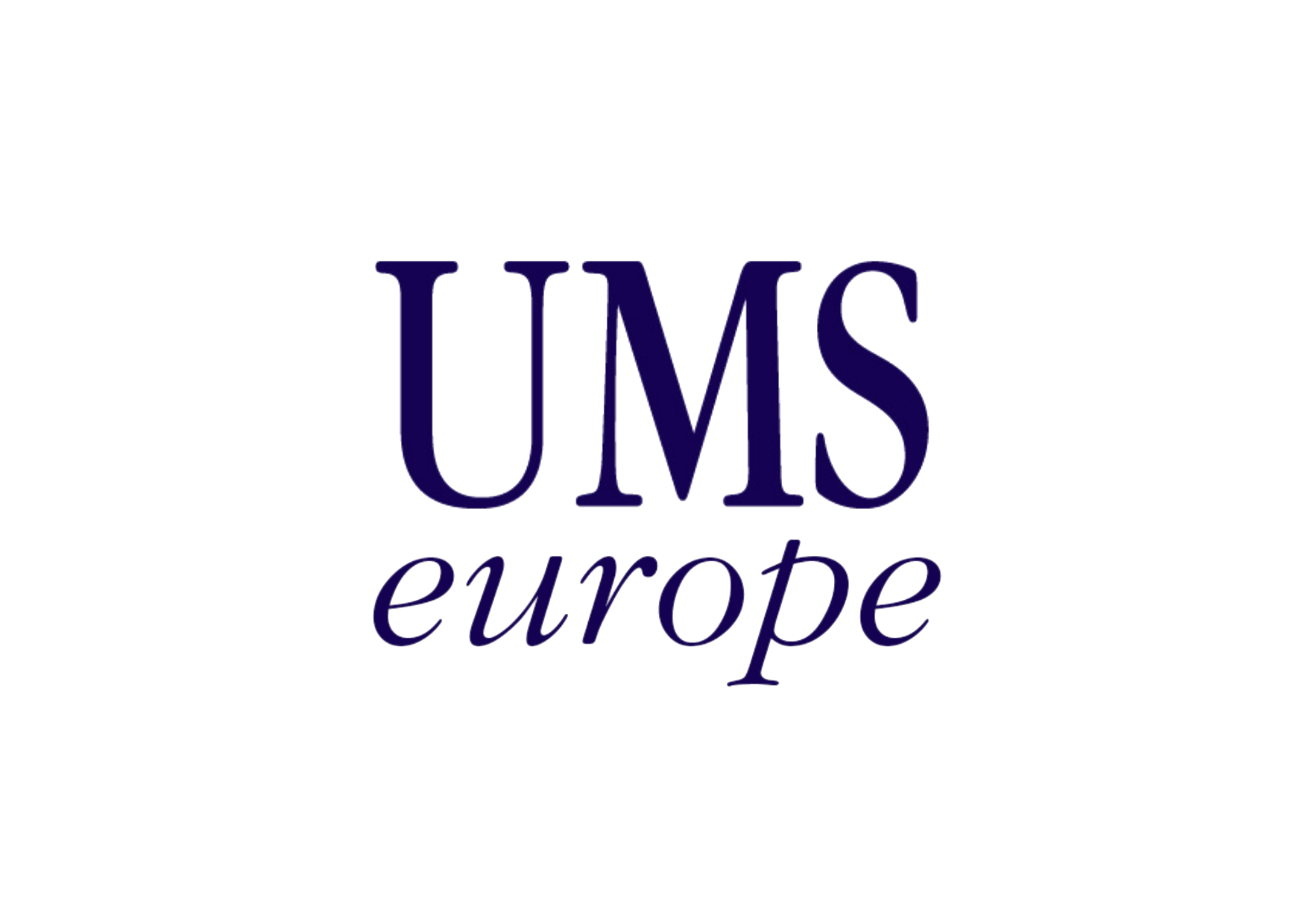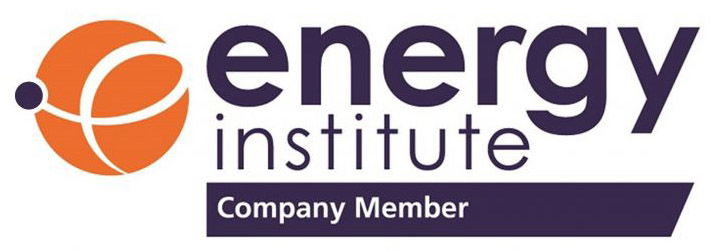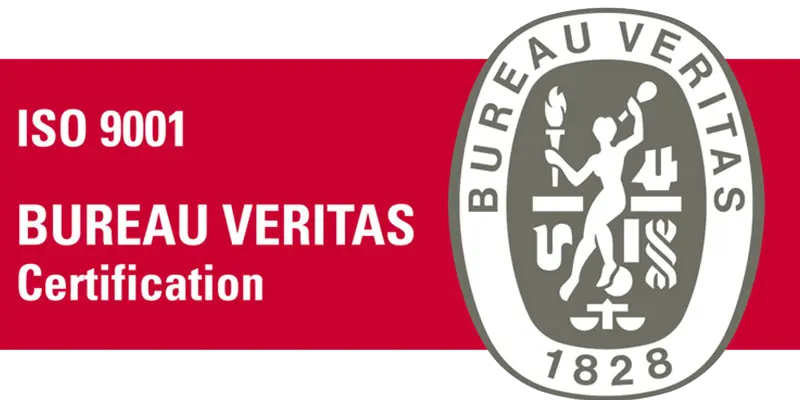For decades, utilities and transmission operators have relied on helicopters to perform
overhead line and electricity pole inspections. The approach made sense at the time: helicopters
could quickly cover vast areas, carry specialized cameras, and give engineers a bird’s-eye view
of critical infrastructure.
But today, drones are rapidly overtaking helicopters as the smarter, safer, and more costefficient inspection method. A recent helicopter inspection I filmed (see accompanying video) is
a good reminder of how far the industry has come and why it’s time to rethink the standard
approach.
- Safety First
Helicopter inspections require low-altitude flying in close proximity to power lines, poles, and
often in complex terrain. This introduces significant risks for pilots, ground crews, and even
surrounding communities. Drones, on the other hand, can perform the same visual and thermal
inspections without putting lives at risk. Operators stay safely on the ground, and the drone
does the hazardous work. - Cost Efficiency
Helicopters are expensive to operate—fuel, pilots, maintenance, mobilization costs—all add up.
A single flight hour can cost thousands of euros or dollars. Drones offer a fraction of that cost,
with minimal mobilization and far lower operational expenses. For utilities managing thousands
of kilometers of overhead lines, the savings quickly become substantial. - Precision and Data Quality
While helicopters provide an overview, drones excel in detail. Equipped with high-resolution
cameras, LiDAR, and thermal sensors, drones can capture data from just a few meters away.
This allows for precise detection of cracks, corrosion, vegetation encroachment, and thermal
anomalies, often invisible from a helicopter. - Flexibility and Accessibility
Helicopters require landing zones, permits, and clear weather conditions. Drones can be
deployed quickly and locally, even in remote or environmentally sensitive areas. They can hover,
zoom, and repeat passes with unmatched agility, making them ideal for spot inspections or
emergency checks after storms. - Sustainability
As the energy sector pushes toward decarbonization, reducing the carbon footprint of
inspection practices is also critical. Helicopters burn significant amounts of fuel, while drones,
electric ones, offer a low-emission alternative aligned with ESG commitments. - Grid Resilience and Risk Reduction
Beyond efficiency, the real value lies in resilience. Detailed, frequent, and non-intrusive drone
inspections enable utilities to spot early warning signs, like weakened insulators, damaged
cross-arms, or vegetation growth, before they escalate into failures. This predictive capability
reduces the likelihood of outages, improves restoration times after extreme weather, and
enhances overall grid stability.
In other words: drones don’t just lower inspection costs, they actively contribute to risk
reduction and asset longevity, ensuring infrastructure is stronger, safer, and more reliable in
the face of rising energy demand and climate challenges. - The Future of Line Inspections
Drone technology has matured to the point where it is no longer experimental but operationally
superior. Combined with AI-driven analytics, drones can deliver faster insights, predictive
maintenance opportunities, and better asset management strategies.
The helicopter served its purpose for many years. But just as the energy sector itself is
transitioning, so too must the way we inspect, monitor, and maintain our critical infrastructure.







